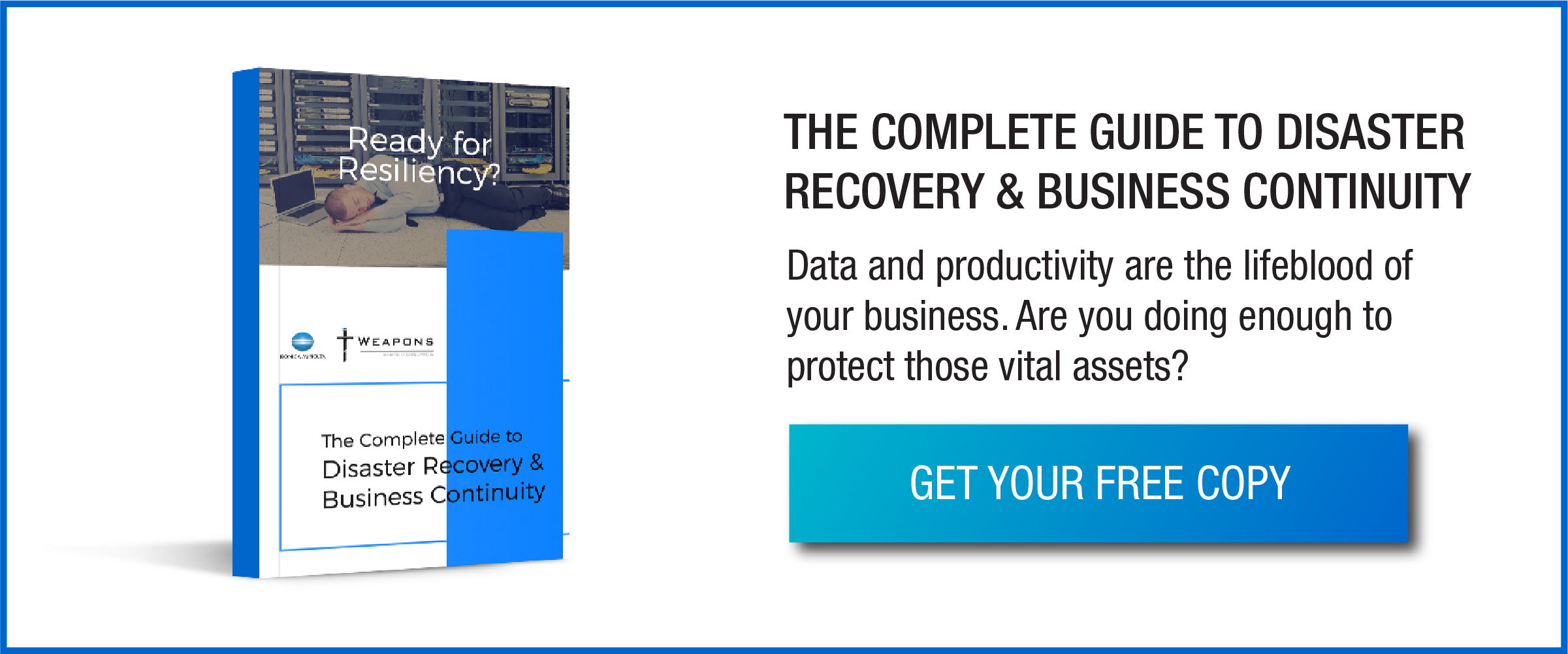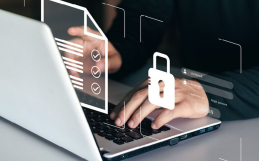Many organizations have recently found themselves scrambling to keep business running as usual while ensuring their staff and clients stay safe. COVID-19 has been testing the planning and preparation of IT Departments around the world.
Below are 5 measures that all business leaders should implement to keep their users productive in the face of disruption:
- Have a Business Continuity Plan (BCP)
A Business Continuity Plan outlines how a business will remain operational in the event of a major disaster or event. A BCP details the steps taken before, during, and after a critical event that are required to maintain business function from an operational and financial standpoint.
If you were caught unprepared for the COVID-19 Outbreak, now is the best time to make sure you’re never caught unprepared again. Get a team together and get a Business Continuity plan in place.
- Elect an Emergency Preparedness Team
During any type of business disruption, organizations need to have a steering committee that is at the helm of the decision-making process. With a Continuity Plan in place, your team will have a great starting point, but every disruption to your business is unique. Your Emergency Team should keep an eye on official recommendations from government and health officials. They can use those recommendations to identify how your business will be affected and decide on any additional measures required to keep your staff safe and productive. Your Emergency Team can coordinate the disaster response so that nobody is left scrambling, wondering what next steps are.
- Offer Remote Work Options
“Work is not where you are. Work is what you get done.” – who said this?
The ability to work remotely has become essential for all businesses. More and more organizations are adopting a work from home policy to foster better work-life balance and increased productivity. Enabling your employees to work from home (WFH) becomes even more valuable in the face of business disruption.
Many large organizations, like Twitter for example, have announced that they will be working remotely in response to the COVID-19 outbreak. Being ready with a WFH Policy can keep your organization up and running even in the face of a nation-wide lockdown, like some Countries around the world are currently experiencing.
Here are some important points to consider:
- Do your employees have secure laptops that they can take home?
- Can your VPN or remote access solution support the increased load if most or all employees are trying to connect?
- Do you have collaboration tools in place that enable employees to easily interact amongst themselves and with your customers? Examples include:
- Phone and video conferencing solutions
- Chat or team-based collaboration tools
- Be Ready with Cloud Backups
With any business disruption—whether it’s a local natural disaster making your office inaccessible, or a pandemic response where you need increased social distancing for staff – you need to be mindful of where data is getting created, stored, and backed up. With more work-from-home scenarios, that means data is getting created and potentially stored on devices outside of your core network or in the cloud. Backing up data from endpoints, from cloud apps, and from shared network drives should now be a mainstay in an organization’s business continuity plan.
You need to protect your users, their data, and their productivity with good, easily restorable backups. When staff are working remotely, they are more susceptible to cybersecurity risks, lost or stolen devices, and good old-fashioned human error (spilling the latte at Starbucks). Protect your productivity, data integrity, and your business continuity by rolling out a backup solution that covers not just your servers, but your endpoints (laptops) and your cloud apps and data like Office 365.
- Test Your Process
How can you know for sure that you’ll be ready when disaster strikes? Test your process.
Once you have a BCP in place and an Emergency Preparedness Team assembled, schedule a run through to make sure everything is working. The last thing you need in the middle of a business disruption is to learn that something is broken
Following these tips will help ensure that your business is ready for any disruption. Should you need help any step of the way, feel free to contact us.





